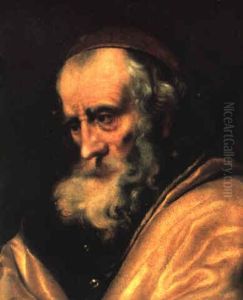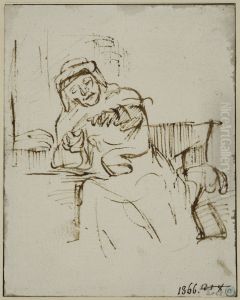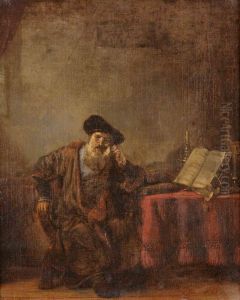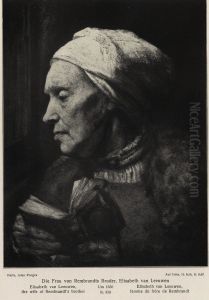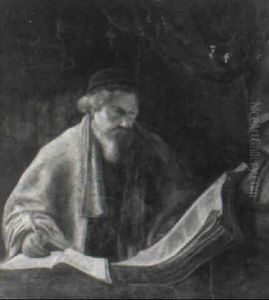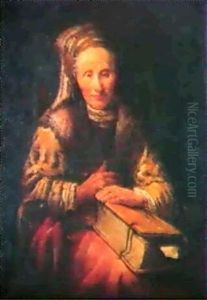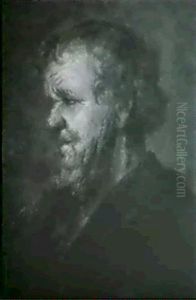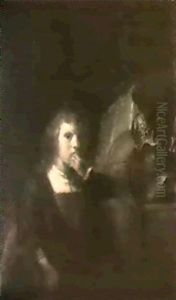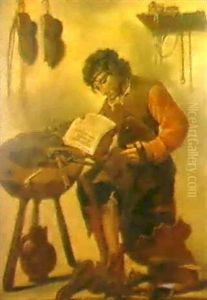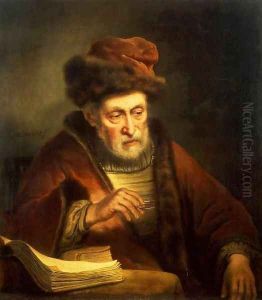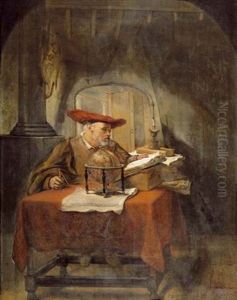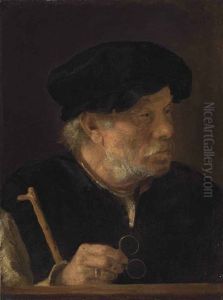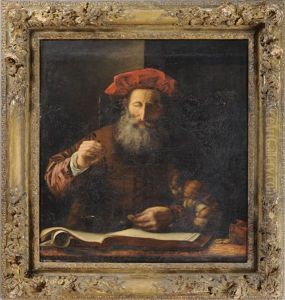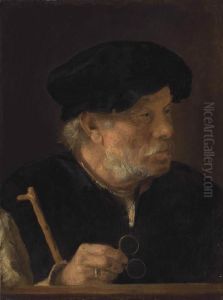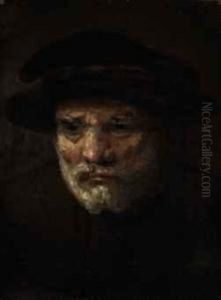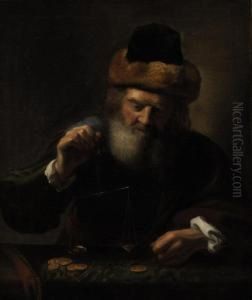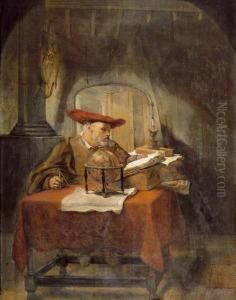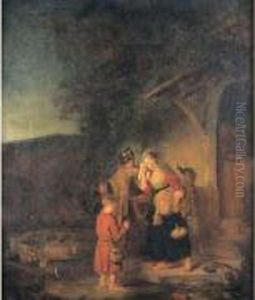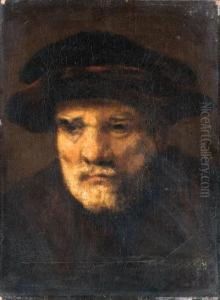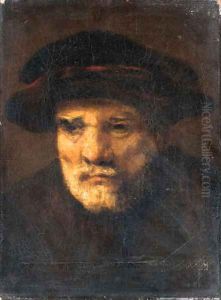Karel van der Pluym Paintings
Karel van der Pluym was a Dutch Golden Age painter who was active during the 17th century. Born in 1625 in Leiden, Netherlands, he became known for his contributions to Dutch genre painting, as well as for his portraits and historical subjects. Although not as widely recognized as some of his contemporaries, van der Pluym's works were nonetheless appreciated for their quality and attention to detail.
Initially trained by his uncle, the more famous painter Rembrandt van Rijn, van der Pluym was part of a larger movement in Dutch art that focused on realism and the depiction of everyday life. He was influenced by Rembrandt's dramatic use of light and shadow, which is evident in his own paintings. Despite this influence, Karel developed a distinctive style, which was characterized by a more refined and elegant approach compared to the often more vigorous style of his uncle.
Throughout his career, van der Pluym produced a relatively small but varied body of work. His genre paintings often depicted scenes of everyday life, while his portraits showcased the social status and character of his subjects. Additionally, his historical paintings conveyed narratives from the Bible and classical mythology, rendered with a particular sensitivity to storytelling.
Karel van der Pluym's contributions to art were part of the larger Dutch Baroque movement, which was known for its elaborate and expressive style. However, his life and career were cut short when he died in 1672 at the age of 47. Despite his early death, van der Pluym's legacy continued through his artworks, which can be found in various collections and museums, offering a glimpse into the life and culture of 17th century Netherlands.
